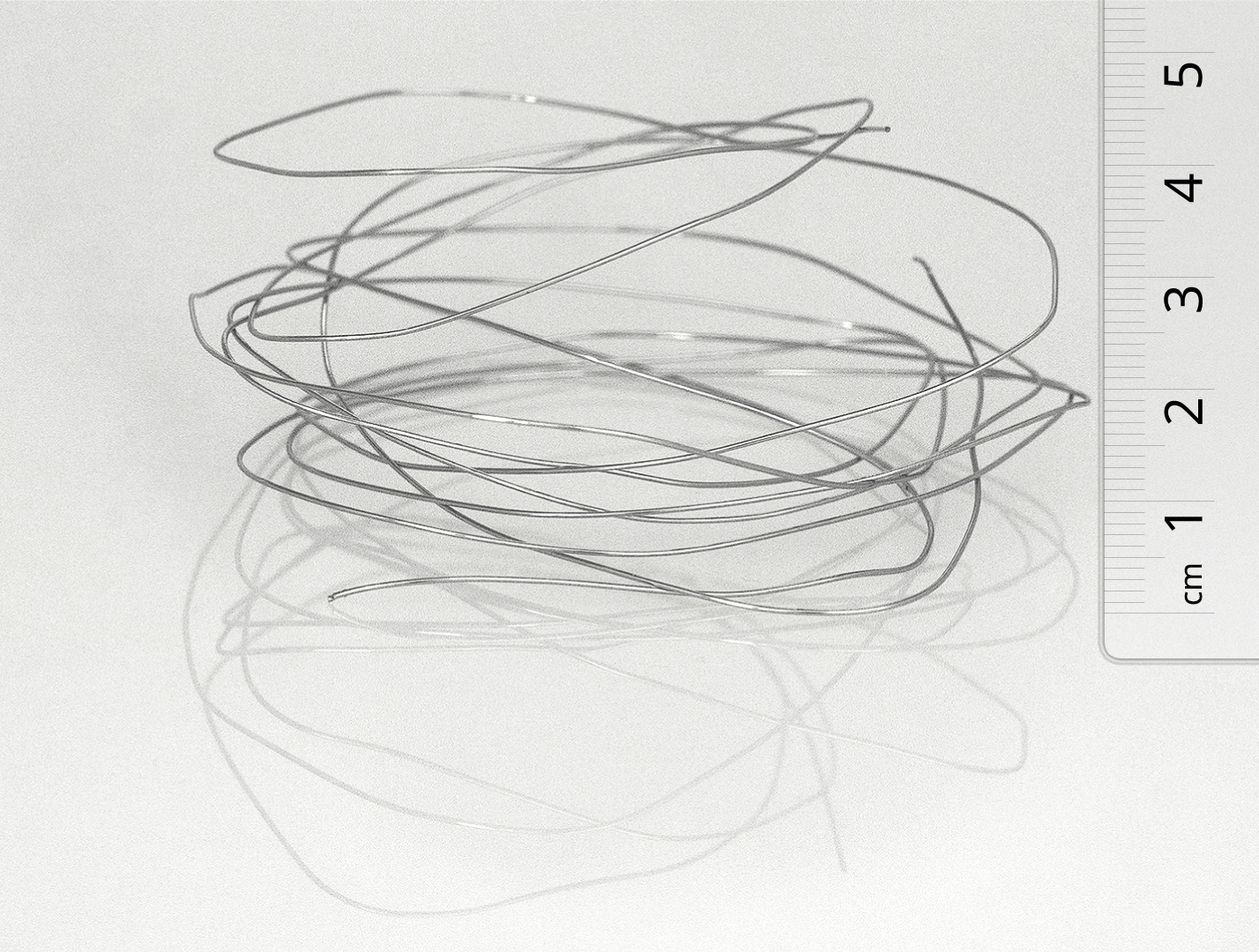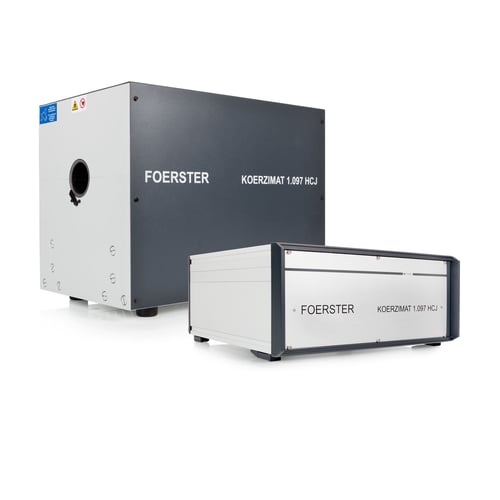In the production of electromagnetic components, their magnetic properties are broadly used for process control, since they are closely linked to the final application. For example, the coercive field strength can be used to qualify reed switch pins.
Broad industry use of reed switches (e.g. in automotive, electronics, construction, medical devices, and other industrial areas) is driven by their simple construction and their robustness under a variety of environmental conditions. The reed switch is an electrical switch that is mostly used as a circuit control or sensing instrument. In terms of functionality: an external magnetic field opens and closes the reed switch’s contact pins (up to <1mm in Ø). The reed pins are made of magnetically very soft metal – to enable fast switching.

Fig.1: Working principle of the reed switch
To work properly, the reed switch has to respond dynamically and quickly to the applied magnetic field; thus, the pins are made from magnetically very soft materials such as iron-nickel alloys. Here, magnetic coercivity (HcJ) can be a useful parameter for assessing the quality of the pin material. The coercivity HcJ is a point (for a given demagnetization direction) on the magnetic hysteresis curve. This parameter is widely tested in the production and processing industries for soft magnetic materials. In particular, the knowledge of HcJ value helps to conclude about magnetic hysteresis loss of the material which is an indicator of the energy dissipation during (de)magnetization. The smaller the value of coercivity, the lower the energy loss during the final application.
For more information on magnetic parameters, please click here.
For example, the coercivity of a “bad” reed pin can be an order of magnitude higher than that of a “good” one, e.g. HcJ ~400 A/m or higher for “bad” versus HcJ ~50 A/m or lower for “good” material, respectively. The lower the coercive field strength (i.e. the narrower the magnetic hysteresis), the faster the pins close/open, which in turn guarantees optimal functionality of the circuit.
 Fig. 2: Reed pins
Fig. 2: Reed pins
Although coercive field strength is a good parameter for testing the quality of the underlying material of pin contacts, measuring HcJ on small specimens can be quite challenging due to their size and low magnetic field stray flux. These circumstances require very sensitive measurement instruments.
FOERSTER offers solutions for accurate and automatic measurement of coercivity
KOERZIMAT 1.097 HCJ/J-H
FOERSTER has developed the KOERZIMAT 1.097 HCJ system with an internal probe to measure small objects with low stray flux. The system enables precise and almost geometry-independent coercive field measurements on small, magnetizable components like reed switches.
Contact our experts and discuss your measuring tasks. We are glad to help you!